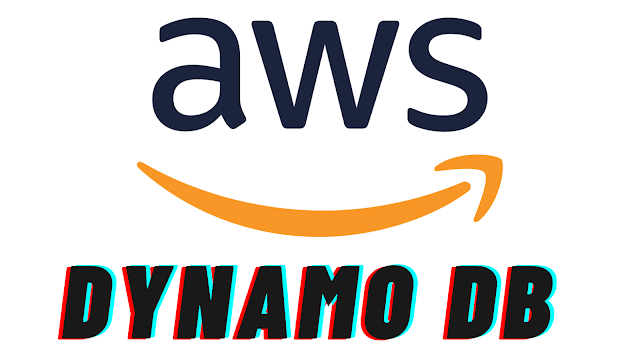AWS Dynamo DB: A Beginner’s Guide
Amazon DynamoDB is designed for applications that require low-latency data access, flexible data models, and seamless scalability. It provides fast and predictable performance, making it ideal for internet-scale applications.
Here are some key features:
- Managed Service: DynamoDB is fully managed by AWS, which means you don’t need to worry about infrastructure provisioning, scaling, or maintenance.
- NoSQL Database: It follows a NoSQL data model, allowing you to store and retrieve data without the constraints of a fixed schema.
- Seamless Scalability: DynamoDB automatically scales to handle varying workloads and traffic spikes.
- High Availability: Data is replicated across multiple Availability Zones (AZs) for durability and fault tolerance.
- Flexible Data Models: You can choose between key-value and document data models.
Key Components of DynamoDB
- Tables: The fundamental unit of storage in DynamoDB. Each table consists of items (records) with a primary key.
- Primary Key:
- Partition Key (Hash Key): Uniquely identifies an item within a table.
- Composite Key (Partition Key + Sort Key): Allows range queries on the sort key.
- Secondary Indexes: Enable efficient querying on non-primary key attributes.
- Streams: Captures a time-ordered sequence of item-level modifications.
- Global Tables: Replicate data across multiple AWS Regions for global availability.
Working Process
Create a Table: Define the schema (primary key) and provisioned capacity (or use on-demand mode).
Insert Data: Use the PutItem API to add items to the table.
Query and Scan: Query using the primary key or secondary indexes. Scan for full-table scans (use sparingly due to performance impact).
Update and Delete: Modify existing items using UpdateItem. Delete items using DeleteItem.
DynamoDB Streams: Capture changes (inserts, updates, deletes) in near real time. Process streams using AWS Lambda or Kinesis.
Use Cases
- Session Management: Store user sessions, tokens, and preferences.
- Gaming Leaderboards: High write throughput for real-time leaderboards.
- IoT Data Storage: Handle sensor data, telemetry, and device state.
- Ad Tech: Clickstream data, user profiles, and targeting information.
- Popular Item Caches: Store frequently accessed data for low-latency retrieval.
Remember, DynamoDB is a powerful tool, but understanding its nuances and best practices is essential for successful implementation.




Comments
Post a Comment